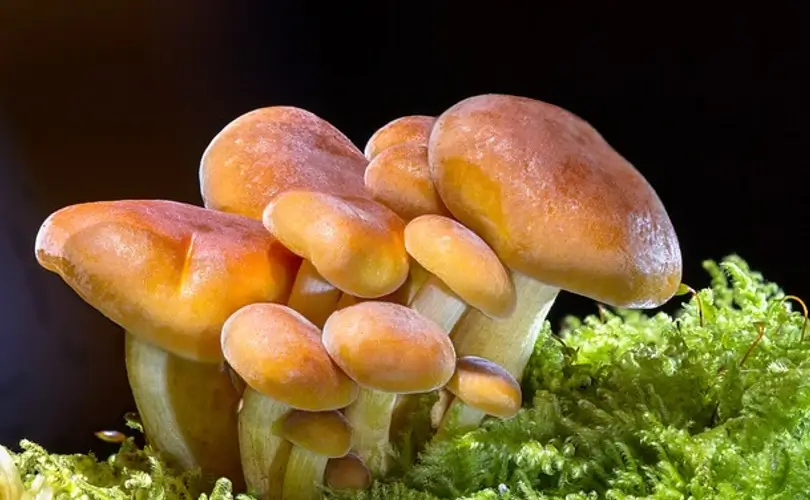Mushroom picking is a fantastic outdoor activity that can be both pleasurable and rewarding, but it does require some planning to be successful. Therefore, a reputable field guide, such as John Wright’s Mushrooms: River Cottage Handbook No. 1, is essential, as is a diary to record your findings and favorite mushroom foray spots.
The Best Spot to Make Your Selections
Begin your search for the finest spots to collect mushrooms by looking for regions that have been used relatively recently. That may be a region that was just recently burnt, or it might be a path through the woods that only gets a few foragers. Morels have a propensity for growing in these areas because they prefer soil that has been disturbed, and they cannot survive in soil that is too wet. You can see a patch of mushrooms following a tiny brook or creek downstream.
Fungi Should Be Looked for in the Soil
According to one organic farmer working at a farm in Oregon, soils abundant in fungi are superior grounds abundant in bacteria when it comes to the production of mushrooms. In addition, the fungus is more likely to flourish in environments rich in decomposing organic debris, such as dead tree stumps and fallen leaves.
You may even acquire a soil test from your neighborhood nursery to find out what kinds of things are growing on the earth around you if you are a dedicated forager. After that, you’ll be able to make an educated conclusion about which regions offer the best opportunities for selection.
The Appropriate Moment to Choose
When choosing mushrooms, one essential thing to remember is that they require some time to mature before they are ready to be harvested. Therefore, it is best to wait to open the caps of the mushrooms until they have contracted and are prepared to do so, although this is only sometimes possible. A handful of visual indicators, such as the cap’s size, color, and texture, are also essential to watch.
The type of mushroom that you are looking for will determine the optimal time of day to harvest it. For instance, shiitakes can’t be collected until the caps have entirely opened, but morels can be taken as soon as the caps begin to crack open. This is because shiitakes are a kind of mushroom.
Timing is frequently a difficulty for mushroom hunters with more excellent expertise. Still, the three-day interval between the opening and the breaking is an excellent predictor of when it is appropriate to harvest. Finding the optimal time to harvest is essential to having a fruitful foraging experience and may save you a lot of time and energy in the long run if you do it correctly.
Locating the Useful Mushrooms in Your Environment
When out foraging, one of the most common errors individuals make is picking up every mushroom they come across. But on the other hand, doing so may be detrimental to the health of the mushrooms you are attempting to harvest, and it may also result in an excessive number of spores that are not necessary for the region.
You should only select a few at a time and be careful not to disrupt the soil around you too much to reduce the likelihood that you will introduce pollution into the environment. In addition, you should only choose edible mushrooms that have been positively identified as such and that are not toxic or dangerous.
It would also help if you didn’t pick mushrooms that were growing on someone else’s land, which is prohibited. This is because, in many countries, harvesting mushrooms from private land is against the law. Finally, be cautious about verifying the rules in your nation before going on a mushroom-hunting excursion. If caught, you might be subject to monetary penalties or even time spent in jail.
